
Recently, two young girls along with their dog, while walking in a park near Denver, Colorado, were “charged” by a mountain lion. Since no one was injured, local police have declared that the cat was just passing through, but have advised people to stay clear of the park
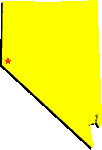
The dealine for applying to obtain a Nevada Mule Deer tag is April 18. To obtain a bonus point you must purchase a license and pay a $10 bonus point fee if applying for a bonus point only. The deer tag is $240. Other fees include a predator fee of $3 and an application fee of $3.50. Tag quotas are up a little from last year. There is a chance of drawing a tag with zero bonus points. If you fail to submit a harvest report you will skip a year being able to apply for a tag.

On March 24, New Mexico sent out a letter, informing hunters of a change in the application date. I’m sure many hunters were caught unaware. I was, and I apologize to you, the subscribers. The new date was March 28 and is now past. We will watch this a little closer next year. Better Luck Next Year.
New Mexico claims they moved the date forward to allow hunters to take advantage of the lower license costs, since April 1 (April Fools Day) begins the 2011 licence year. Fees are $290 and $375 for standard and quality tags, respectively. These fees do not include the Habitat stamp. Anyone applying for any public draw deer license, must pay the full license fee plus the nonrefundable application fee when applying. Unsuccessful applicants will receive refunds for the license fee. The new nonrefundable application fees are $20 for nonresidents.
The Mule Deer drawing is subject to a quota system. 78 percent of the licenses go to New Mexico residents, 12 percent to nonresidents who’ve contracted with an outfitter and 10 percent to nonresidents who have not contracted with an outfitter .
Note that it is necessary to have reported your harvest for the prior year or your application gets rejected. This is a sign of things to come.
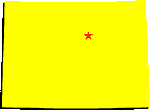
Apply for a Colorado deer tag by April 5, 2011. The cost is $344 for Non-residents including a $3 non-refundable fee and a $10 habitat stamp.
Apply here: http://wildlife.state.co.us/ShopDOW/AppsAndLicenses/
Preference points are earned automatically when you don’t draw your first-choice hunt. You may also apply for just a preference point by selecting it as you first-choice option along with submitting your license fees. Preference points cost $25.

March 15 is the deadline for applying for a deer hunt in Wyoming. You may apply online. Fees must be paid in advance. There are three prices to keep in mind: 1) Special Deer – $566; 2) Regular Deer – $326; and 3) Preference Point – $40. Each price includes a non-refundable application fee of $14. Add $40 to the price of application fees if you want a preference point for not drawing. Forty percent of tags are reserved for applicants who pay the higher fee. Seventy-five percent of available draw tags are allocated to individuals with the highest preference points; 25% are available for random drawing using random numbers assigned to applicants. Preference points may be purchased between July 1 and September 30. If you don’t apply for two consecutive years, you lose your preference points. DRAWING A LICENSE AS A SECOND OR THIRD CHOICE DOES NOT CAUSE PREFERENCE POINTS TO BE DELETED FROM YOUR ACCOUNT.
Utah March 3
Wyoming March 15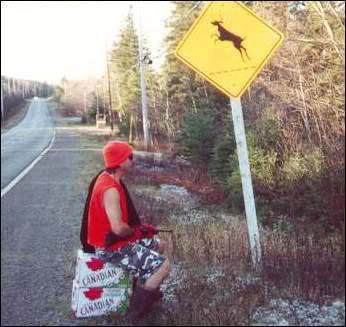
New Mexico March 28
Colorado April 6
Nevada April 18
Kansas April 29
Oregon May 15
Washington May 26
California June 1
Montana June 1
Idaho June 5
Arizona June 8
South Dakota July 23
Category:
Arizona Mule Deer Hunting,
Colorado Mule Deer Hunting,
Idaho Mule Deer Hunting,
Mule Deer Hunting,
Mule Deer Info,
Mule Deer Main,
Mule Deer News,
Nevada Mule Deer Hunting,
New Mexico Mule Deer Hunting,
Utah Mule Deer Hunting,
Wyoming Mule Deer Hunting

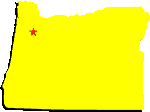
Fast facts about Oregon’s mule deer
- The estimated 2009 Oregon mule deer population of 216,154 is below the statewide management objective of 344,900 animals.
- Mule deer (found east of the Cascades) and black-tailed deer (west of the Cascades) are the same species but different sub-species of deer.
- Deer have a smaller digestive track than elk or cattle, so their forage needs to be of higher nutritional quality.
- Mule deer breed once per year, in late fall, and does generally produce two fawns.
- In 2008, about 70,000 people went deer hunting in eastern Oregon, generating almost $22 million for the economy.
Ranches, farms and other private lands provide winter range and other important habitat for mule deer.
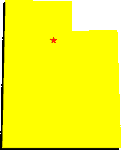
The Utah Deer Application Deadline is March 3, 2011.
Go to the “States” tab for more info.
Good Luck on the Draw

Starting January 5, you may apply for hunts in New Mexico. Good Luck
See the States tab for more info.
It is a shame to make good coyotes out of all those bad coyotes. Culls don’t work well in such small numbers. Thousands need to be killed.
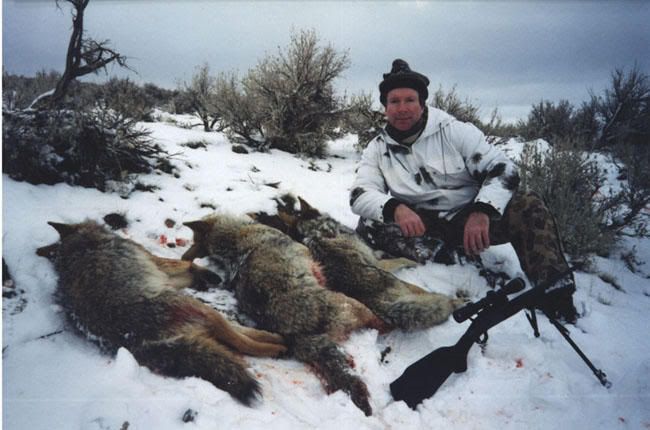
The president of the Ottawa-Carleton Wildlife Centre says the so-called Great Coyote Cull Contest underway in Osgoode “casts shame on the entire city.”
Donna Dubreuil says she has received a slew of e-mails and phone calls since the contest began last month.
“In the past four or five days, I’ve had non-stop e-mails and phone calls,” said Dubreuil, who asked, “Has Ottawa become the town that time forgot?”
Chronic problem
What she’s referring to is a more aggressive approach to a chronic problem in the city’s rural areas: Coyotes killing farm animals, pets and even threatening people — as was the case last year when a teenager was attacked near Osgoode.
But there’s controversy.
The Osgoode Township Fish, Game and Conservation Club-sponsored contest will — for a $2 entry fee — reward those who bring in a dead coyote with a ballot in a gun raffle. Dubreuil calls this approach embarrassing.
“It’s a wild west show,” she said. “An 18th century response.”
Dubreuil also said coyote culls don’t work in the long run.
She points to recent history. Two years ago, Osgoode Coun. Doug Thompson used public funds to pay trappers to eliminate coyotes over a three-month period. They reportedly caught 22 of them. But Thompson himself said, based on the number of sightings he’s heard about recently, the problem persists.
He said he’s received “more than 100” reports of people who have lost pets and livestock, or saw coyotes on municipal streets in the past year.
“I’ve been working with the (Ontario Ministry of Natural Resources) and the city bylaw department to resolve this issue,” said Thompson, who will meet with both again later this month.
Bruce Roney, executive director of the Ottawa Humane Society, agrees with Dubreuil that a cull isn’t the answer.
“You can do a cull, but they soon come back, and sometimes in greater numbers,” said Roney, though he claims there is no official ministry data on the number of coyotes in the city.
He also thinks the name of the contest is offensive.
‘Effective’
“If there’s a cull needed, I’d support it. But I think the name may draw people in who aren’t as responsible,” he said.
Dave Craig, director of the Osgoode Township Fish, Game and Conservation Club, thinks it might have been better to call it simply “The Coyote Cull”, but defends its effectiveness.
“There are those people, I suppose, but culls are effective because they bring the numbers down,” said Craig.
“They’re a real problem. They kill sheep, calves, deer — even cats and dogs.”
He also said the cull is a potential tax-saver.
Each time a coyote kills a livestock animal, the provincial government cuts a $200 compensation cheque.
“They pay out for every kill,” he said.
Barrhaven Coun. Jan Harder said coyotes are frightening for people whose kids walk to school, but added, “I can’t see us taking guns and shooting them in Barrhaven.”
“That’s overkill, no pun intended.”
Harder said coyotes are the province’s problem, not the city’s.
“The ministry needs to get off its butt, step up and come up with a solution,” Harder said.
When contacted, representatives from the ministry declined comment.










